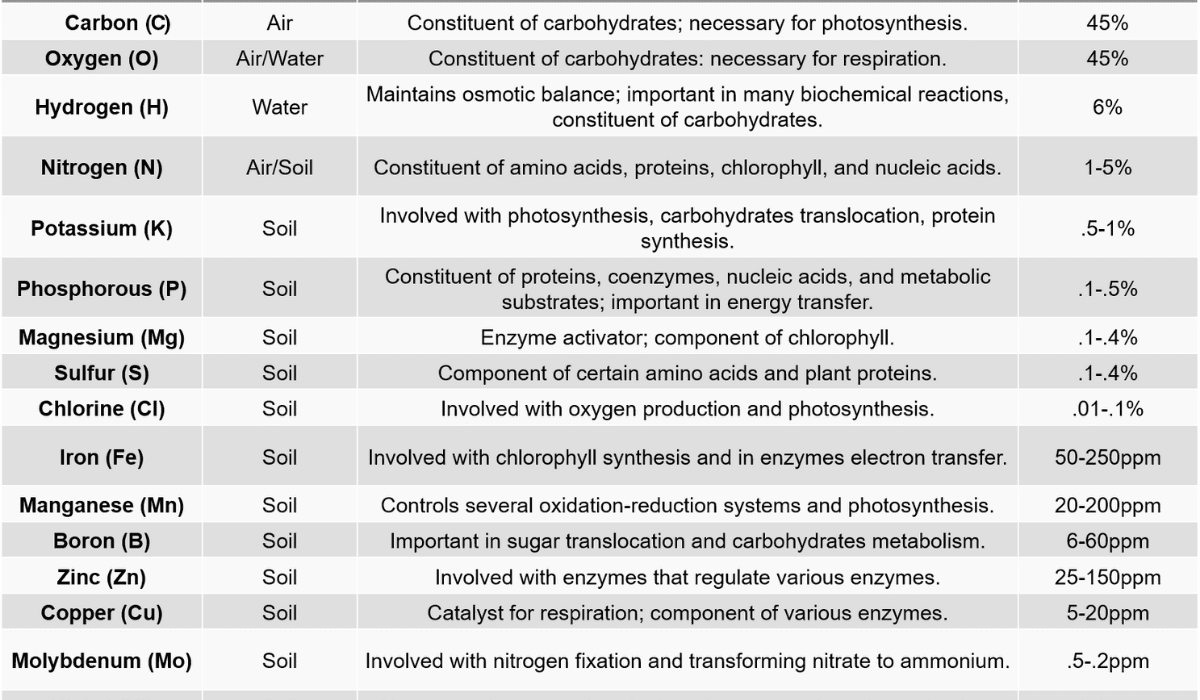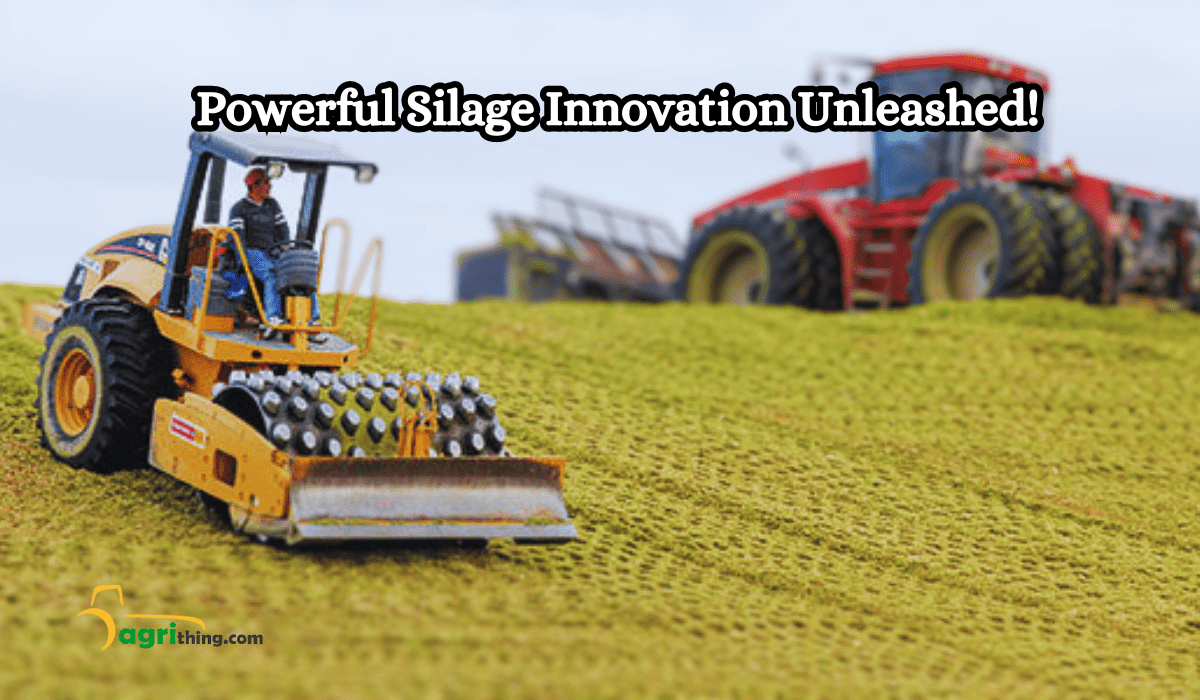7 Common Corn Silage Pit Mistakes to Avoid! Ultimate Guide

Corn silage is a feed source for livestock farmers, providing vital nutrients and energy. Managing the silage pit properly is crucial to maintain its quality and nutritional value. Unfortunately, there are common things that farmers often need to correct when dealing with corn silage pits. This article will delve into the details of Corn Silage Pit Mistakes and provide helpful tips on avoiding them.
Table of Contents
Introduction
Corn silage pits are a popular method for preserving and storing corn crops, enabling farmers to accumulate large quantities of corn for livestock feed. However, by eliminating Corn Silage Pit Mistakes, significant losses in quality and nutrient content can be reduced. By familiarizing themselves with and steering clear of these common mistakes associated with corn silage pits, farmers can ensure a steady supply of high-quality hay throughout the year.
Importance of Corn Silage Pits
Corn silage pits play a vital role in livestock farming. They allow farmers to harvest corn at its peak nutritional value and store it for later use. The fermentation process in the silage pit preserves the corn, preventing spoilage and maintaining its nutritional content. To ensure a consistent and reliable feed source, avoiding common Corn Silage Pit Mistakes is crucial. Proper management of these pits becomes even more essential during periods of low forage availability.
7 corn silage pit mistakes that farmers make. Helpful tips on avoiding them.
Mistake #1: Inadequate Pit Design
One of the most common Corn Silage Pit Mistakes farmers make is neglecting proper pit design. A well-designed silage pit ensures efficient packing, proper drainage, and reduced spoilage. It should have sufficient width and depth to accommodate the anticipated crop yield. The pit walls should also be adequately sloped to prevent collapse and allow for easy packing and hay removal.
Mistake #2: Poor Packing and Consolidation
Proper packing and consolidation are essential for creating an anaerobic environment within the silage pit. Inadequate packing can result in the presence of oxygen, leading to inefficient fermentation and increased spoilage. Farmers should use heavy machinery to pack the silage tightly, ensuring no air pockets. Regular rolling or trampling of the hay also aids in consolidation.
Mistake #3: Incorrect Harvesting Timing.
Avoiding Corn Silage Pit Mistakes is crucial when it comes to harvesting corn at the right stage of maturity for optimal silage quality. Harvesting too early can lead to excessive moisture content, impacting fermentation and promoting mold growth within the pit. Conversely, harvesting too late can result in decreased nutritional value and reduced palatability. It is essential for farmers to closely monitor moisture levels and the kernel milk line to determine the ideal time for harvesting corn for silage.
Mistake #4: Improper Moisture Content.
Moisture content plays a crucial role in the fermentation process of corn silage. Incorrect moisture levels can lead to inadequate fermentation, excessive spoilage, and nutrient losses. It is essential to test the moisture content of the harvested crop and adjust it if necessary. The ideal moisture content for corn silage is typically between 60% and 70%, depending on the specific requirements of the livestock being fed.
Mistake #5: Inadequate Covering and Sealing
Proper covering and sealing of the silage pit are crucial to protect the feed from air and moisture. Exposure to oxygen can lead to mold growth, heating, and nutrient degradation. Farmers should use high-quality plastic covers and seal the edges tightly to prevent air infiltration. Regular inspections should be conducted to identify and repair any damage to the cover, ensuring the integrity of the seal.
Mistake #6: Insufficient Monitoring and Maintenance
Regular monitoring and maintenance are crucial once the hay is stored to avoid common Corn Silage Pit Mistakes. This ensures the corn silage’s quality and integrity, helping maintain its nutritional value and prevent issues such as spoilage or deterioration. Farmers should regularly check for signs of spoilage, such as heating, off smells, or visible mold growth. Temperature probes can be used to monitor the internal temperature of the hay, as excessive heating indicates fermentation issues. Any damaged or spoiled silage should be promptly removed to prevent contamination.
Mistake #7: Inadequate Feedout Management
In order to avoid Corn Silage Pit Mistakes Proper feed out management is essential as it maintain corn silage’s quality and nutritional value during its use. Farmers should ensure a smooth and consistent feed-out rate to minimise exposure to air and spoilage. Removing silage from the pit in a wedge shape is recommended, starting from the top and moving down. Covering the exposed silage face with plastic sheets after each feed-out helps maintain quality.
Tips for Avoiding Common Corn Silage Pit Mistakes
To ensure high-quality corn silage and avoid the common Corn Silage Pit Mistakes mentioned above, farmers should follow these tips:
- Invest in proper pit design and construction to optimize storage capacity and facilitate efficient packing and removal.
- Utilise heavy machinery and proper techniques to achieve adequate packing and consolidation of the silage.
- Test and adjust the moisture content of the harvested crop to achieve the ideal range for corn silage.
- Use high-quality plastic covers and seal the silage pit tightly to prevent air and moisture infiltration.
- Regularly monitor the silage pit for signs of spoilage and promptly remove any damaged or spoiled silage.
- Implement proper feed-out management techniques, such as removing silage in a wedge shape and covering the exposed face with plastic sheets.
Effective Sealing Techniques for Corn Silage Pits
- Compaction is crucial for effective sealing and for avoiding common corn silage pit mistakes. Pack the corn silage tightly to remove air pockets.
- Use a thick, UV-resistant plastic cover extending beyond the pit’s edges.
- Secure the cover using weighted tires or sandbags along the edges.
- Consider using oxygen barrier films below the plastic cover to further prevent air infiltration.
- 5.Seal the edges of the cover securely using soil, gravel, or tires to prevent common corn silage pit mistakes.
Design Guidelines for Corn Silage Pits
- Location: Choose a well-drained area, away from water sources, to avoid common mistakes in corn silage pits.
- Size: Determine the appropriate capacity to minimize spoilage risks while accommodating the desired amount of corn silage.
- Walls: Construct sturdy walls to prevent collapse and ensure long-term durability, avoiding potential mistakes in corn silage pits.
- Floor: Design a level, smooth floor for easy silage removal and to prevent moisture accumulation.
- Slope: Create a gentle slope to facilitate drainage and minimise the risk of water pooling.
- Safety: Implement the safty measures, including the provision of ladders and emergency exist, to ensure worker safety and prevent corn silage pit mistakes during the emergencies and accidents.
Preventing Mould Growth During Corn Silage Feed out
- Proper Feed Out: Remove the silage smoothly and avoid excessive disturbance to minimise oxygen exposure and prevent common Corn Silage Pit Mistakes
- Manage Feed Out Rate: Feed out the hay at a rate that ensures timely consumption, reducing the risk of prolonged exposure to air.
- Avoid Cross-Contamination: Avoid mixing spoiled or mouldy silage with fresh hay, as it can spread mould and impact overall feed quality.
- Cover Exposed Surfaces: Cover any exposed silage surfaces with plastic or oxygen barrier films to limit oxygen exposure and inhibit mould growth.
- Monitor Moisture Content: Regularly monitor and maintain the appropriate the moisture level during feed out to avoid excessive moisture which can lead to mold development and prevent corn silage pit mistakes .
- Regular Inspections: Regularly inspect the hay for signs of mould growth or spoilage and promptly remove any affected areas to prevent contamination and mistakes in corn silage pits.
Conclusion
Proper management of corn silage pits is essential for maximizing the quality and nutritional value of the stored Feed. By avoiding corn silage pit mistakes such as inadequate pit design, poor packing, incorrect harvesting timing, improper moisture content, inadequate covering and sealing, insufficient monitoring and maintenance, and inadequate feedout management, farmers can ensure they have high-quality corn silage throughout the year. Following the tips will help optimise the fermentation process and minimise nutrient losses, resulting in healthier and more productive livestock.
Frequently Asked Questions (FAQ’s)
Why is proper pit design important for corn silage?
A: Proper pit design is important for corn silage to avoid common corn silage pit mistakes and ensure efficient packing, proper drainage, and reduced spoilage. This results in higher-quality corn silage.
What is the ideal moisture content for corn silage?
A: The ideal moisture content for corn silage is typically between 60% and 70%, depending on the specific requirements of the livestock being fed.
How often should a corn silage pit be monitored?
A: To avoid the Corn silage pits mistakes it is crucial to monitor the pits for spoilage indicators, conducting daily temprature check throughout the active fermentation periods.
Can I use plastic sheets to cover the silage pit?
A: Yes, high-quality plastic sheets covering the silage pit are recommended to prevent common corn silage pits mistakes. The sheets should provide a tight seal and effective protection against air and moisture.
What are the consequences of poor feedout management?
A: Poor feedout management can lead to increased exposure to air, resulting in spoilage, nutrient losses, and reduced feed quality.
Related Articles
Want to purchase top-quality silage? Visit our Agricomplex website to explore our wide range of silage products.
People Also Asked
How can I determine the ideal moisture content for corn silage?
To determine the ideal moisture content for corn silage and avoid common corn silage pits mistakes, farmers should regularly test the harvested crop and adjust the moisture content within the recommended range of 60% to 70%.
What signs of spoilage should I look for when monitoring the silage pit?
When monitoring the silage pit, signs of spoilage to look for include heating, off smells, visible mold growth, and changes in the color or texture of the hay.
Can I use alternative materials instead of plastic sheets to cover the silage pit?
To ensure effective coverage and prevent common corn silage pit mistakes, it is recommended to use high-quality plastic sheets as they provide the best seal against air and moisture infiltration. While alternative materials may be used, they should offer similar protective properties.
How often should I remove damaged or spoiled silage from the pit?
To avoid common corn silage pit mistakes, damaged or spoiled silage should be promptly removed from the pit as soon as signs of spoilage are detected. This helps prevent contamination of the remaining stored corn silage.
Are there any specific techniques for properly packing and consolidating the hay in the pit?
To avoid the corn silage pit mistakes, farmers should utilize heavy machinery and employ effective techniques such as rolling or trampling the silage.




Leave your comment